Increasing Regulatory Support
The Bio-Methane Market is experiencing a surge in regulatory support from various governments aiming to reduce greenhouse gas emissions. Policies promoting renewable energy sources, including bio-methane, are being implemented to meet international climate commitments. For instance, many countries have set ambitious targets for carbon neutrality, which necessitates a shift towards cleaner energy solutions. This regulatory environment not only encourages investment in bio-methane production facilities but also enhances market stability. As a result, the Bio-Methane Market is likely to witness accelerated growth, with projections indicating a compound annual growth rate of over 10% in the coming years. Such supportive measures are pivotal in fostering innovation and expanding the market's reach.
Integration with Agricultural Practices
The integration of bio-methane production with agricultural practices is becoming increasingly prevalent, thereby enhancing the Bio-Methane Market. Farmers are recognizing the potential of converting agricultural waste into bio-methane, which not only provides an additional revenue stream but also contributes to waste management. This symbiotic relationship is fostering a circular economy, where waste is transformed into energy. The Bio-Methane Market is likely to benefit from this trend, as it encourages sustainable farming practices and reduces methane emissions from decomposing organic matter. Projections indicate that this integration could lead to a 30% increase in bio-methane production from agricultural sources over the next decade, further solidifying its role in the renewable energy sector.
Rising Demand for Clean Transportation Fuels
The demand for clean transportation fuels is on the rise, significantly benefiting the Bio-Methane Market. As governments and consumers alike seek to reduce reliance on conventional fuels, bio-methane is emerging as a preferred alternative for vehicles. This trend is particularly evident in the heavy-duty transport sector, where bio-methane is being adopted for its lower emissions profile. The Bio-Methane Market is projected to grow as more fleets transition to bio-methane-powered vehicles, with estimates suggesting that the market could expand by over 20% in the next five years. This shift not only supports environmental goals but also aligns with the broader movement towards sustainable mobility solutions.
Growing Awareness of Environmental Sustainability
There is a notable increase in public awareness regarding environmental sustainability, which is significantly influencing the Bio-Methane Market. Consumers are becoming more conscious of their carbon footprints and are actively seeking greener alternatives to fossil fuels. This shift in consumer behavior is prompting businesses to adopt bio-methane as a viable energy source. Furthermore, the Bio-Methane Market is benefiting from the rising demand for sustainable waste management solutions, as bio-methane can be produced from organic waste. Reports suggest that the market could expand by approximately 15% annually as more stakeholders recognize the environmental benefits of bio-methane, thus driving its adoption across various sectors.
Technological Advancements in Production Processes
Technological advancements are playing a crucial role in enhancing the efficiency of bio-methane production, thereby positively impacting the Bio-Methane Market. Innovations such as anaerobic digestion and advanced gas upgrading technologies are improving yield rates and reducing production costs. These advancements not only make bio-methane more competitive against traditional fossil fuels but also facilitate the integration of bio-methane into existing energy infrastructures. As a result, the Bio-Methane Market is likely to see an influx of new players and increased investment in research and development. Market analysts predict that these technological improvements could lead to a doubling of production capacity within the next decade, further solidifying bio-methane's position in the renewable energy landscape.


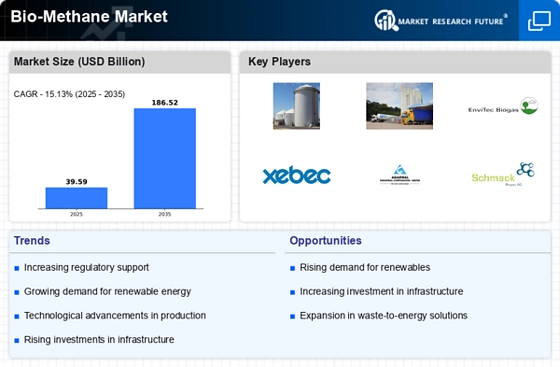
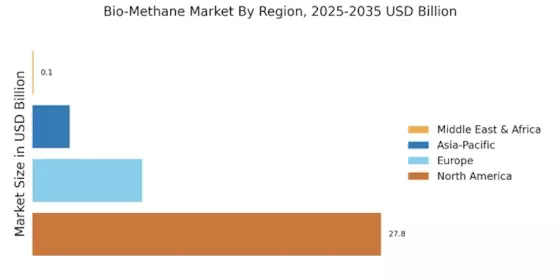

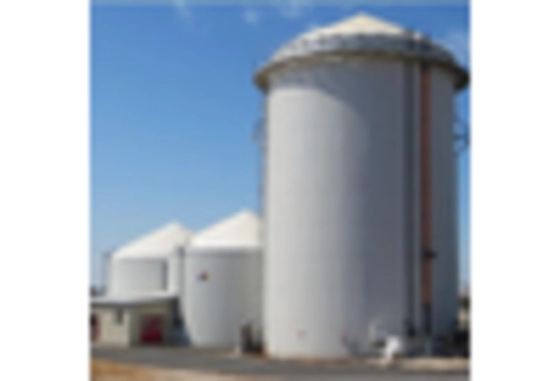
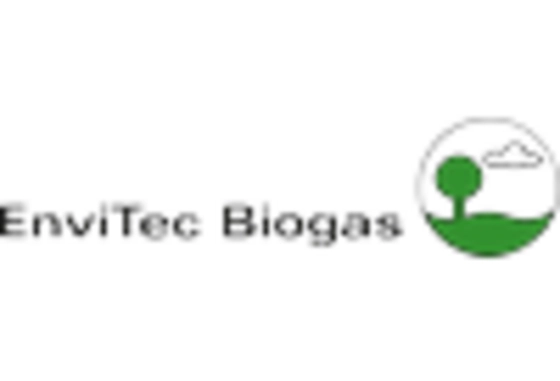
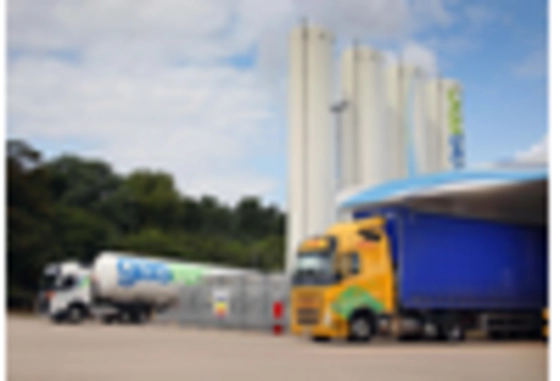

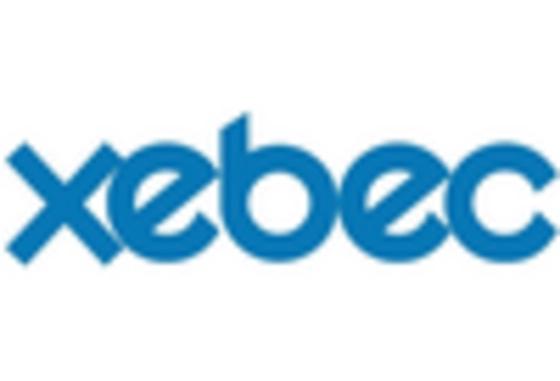








Leave a Comment